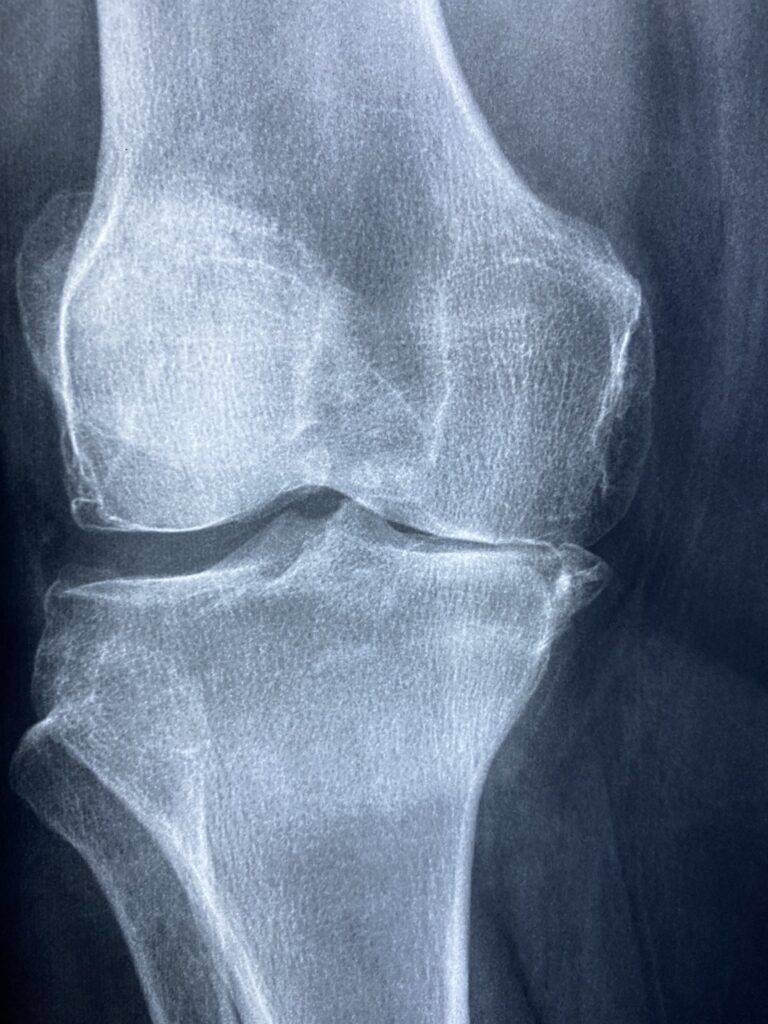Unveiling Appendicitis: Understanding a Common Abdominal Condition
What is Appendicitis? Appendicitis is a medical emergency characterized by inflammation of the appendix, a small pouch located in the lower right abdomen. This condition often requires prompt medical attention and, in many cases, surgical removal of the inflamed appendix to prevent complications such as perforation or infection.
Types of Appendicitis Appendicitis typically presents as acute, meaning it develops suddenly and requires immediate treatment. However, there can be variations in the severity and presentation of appendicitis, such as:
- Acute Appendicitis: The most common form, characterized by sudden onset of abdominal pain, nausea, vomiting, and fever. Prompt medical evaluation and surgical intervention are usually necessary.
- Chronic Appendicitis: A less common form marked by recurrent episodes of mild abdominal discomfort, often mistaken for other gastrointestinal conditions. Diagnosis may be challenging, and surgical removal of the appendix may be considered if symptoms persist.
Symptoms of Appendicitis The hallmark symptoms of appendicitis include:
- Abdominal Pain: Typically starting near the belly button and migrating to the lower right abdomen. The pain may worsen with movement, coughing, or deep breathing.
- Nausea and Vomiting: Often accompanying abdominal pain, individuals may experience nausea and vomiting, which can worsen over time.
- Loss of Appetite: Many individuals with appendicitis experience a loss of appetite and may have difficulty eating or drinking.
- Fever and Chills: Fever is common in appendicitis, particularly if the appendix becomes infected. Chills and shaking may also occur.
- Changes in Bowel Habits: Some individuals may experience changes in bowel habits, such as diarrhea or constipation, although this is less common.
Causes of Appendicitis Appendicitis occurs when the appendix becomes blocked, leading to inflammation and infection. Common causes of blockage include:
- Fecalith: A hardened piece of stool that obstructs the opening of the appendix.
- Enlarged Lymphoid Tissue: Infection or inflammation in the gastrointestinal tract can cause lymphoid tissue to swell, leading to blockage.
- Foreign Body: Occasionally, foreign objects such as seeds or parasites can obstruct the appendix.
- Tumors: Rarely, tumors or growths in the appendix can lead to blockage and inflammation.
Risk Factors for Appendicitis Risk factors for appendicitis may include:
- Age: Appendicitis can occur at any age but is most common in adolescents and young adults.
- Gender: Males are slightly more likely to develop appendicitis than females.
- Family History: Individuals with a family history of appendicitis may be at increased risk.
- Gastrointestinal Conditions: Certain conditions such as inflammatory bowel disease (IBD) or cystic fibrosis may increase the risk of appendicitis.
Diagnosis of Appendicitis Diagnosing appendicitis often involves a combination of clinical evaluation, laboratory tests, and imaging studies. Common diagnostic methods include:
- Physical Examination: A healthcare provider will perform a physical examination, including palpation of the abdomen to assess for tenderness and signs of peritonitis (inflammation of the abdominal lining).
- Blood Tests: Blood tests such as a complete blood count (CBC) may be performed to check for signs of infection, such as an elevated white blood cell count.
- Imaging Studies: Imaging tests such as ultrasound or computed tomography (CT) scans may be used to visualize the appendix and assess for signs of inflammation or blockage.
Pharmacokinetics and Pharmacodynamics In the context of appendicitis, pharmacokinetics refers to how medications are absorbed, distributed, metabolized, and excreted by the body, while pharmacodynamics refers to how medications exert their effects on inflammation, pain, and infection.
Pharmacological Treatment Pharmacological treatment options for appendicitis may include:
- Antibiotics: In cases of uncomplicated appendicitis or when surgery is delayed, antibiotics may be prescribed to treat the infection and reduce inflammation. However, antibiotics alone are often not sufficient for resolving appendicitis and may be used as a temporary measure before surgical intervention.
Non-Pharmacological Treatment Non-pharmacological treatment options for appendicitis are limited, and surgical removal of the inflamed appendix, known as an appendectomy, is the primary treatment. This procedure is typically performed laparoscopically (minimally invasive surgery) or through open surgery.
Conclusion Appendicitis is a common abdominal condition characterized by inflammation of the appendix, often requiring prompt medical attention and surgical removal. Recognizing the symptoms of appendicitis and seeking timely medical evaluation is crucial for preventing complications and ensuring optimal outcomes. If you or someone you know experiences symptoms suggestive of appendicitis, it is essential to seek medical care promptly for proper diagnosis and treatment.




